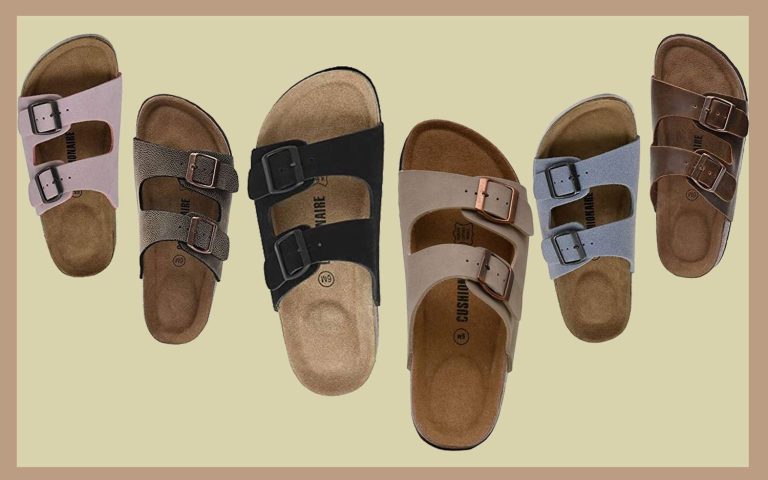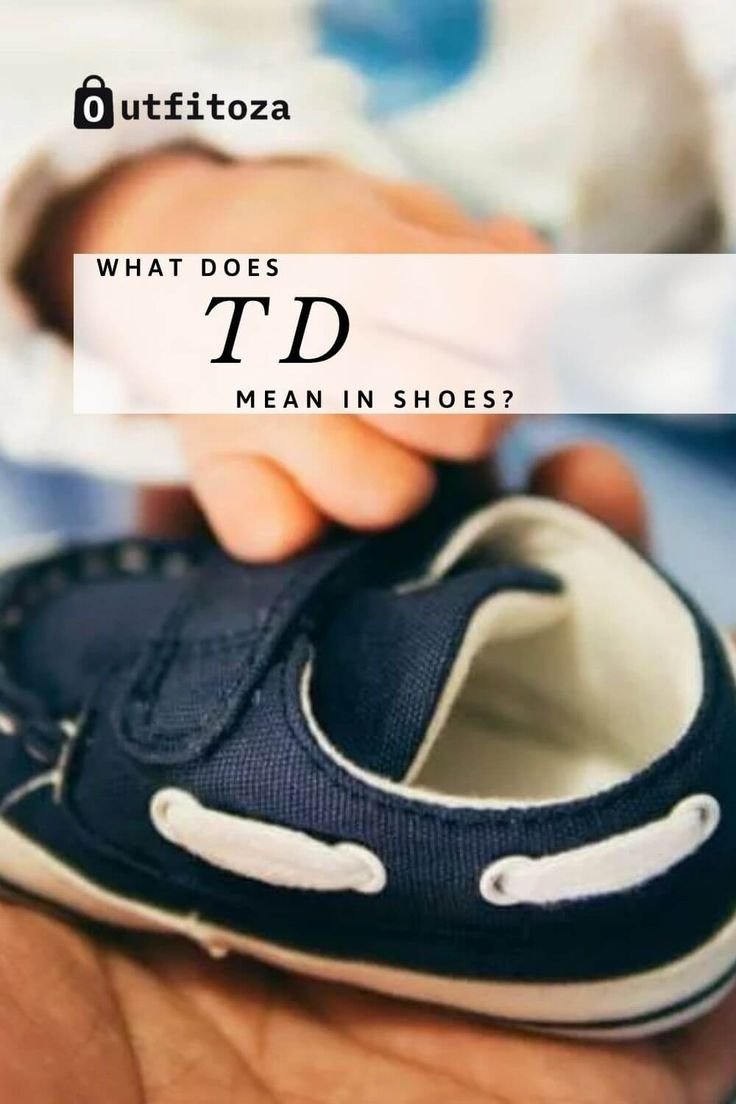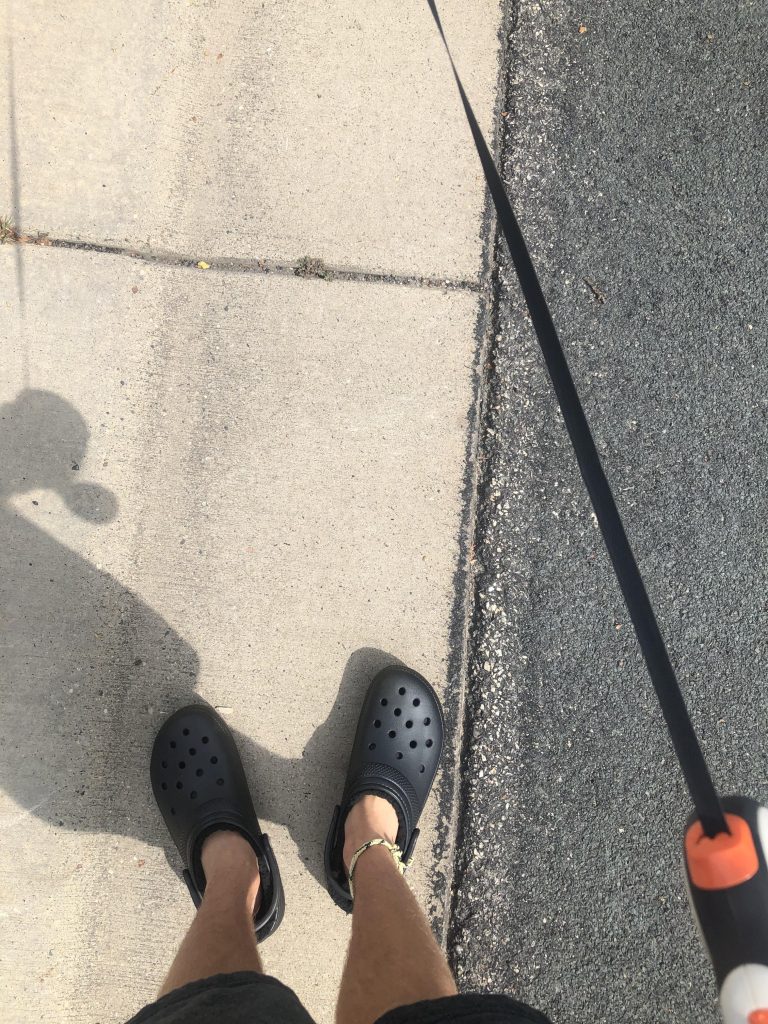If you’ve ever had the unfortunate experience of finding your favorite pair of shoes reduced to a crumbling mess, you may have encountered the dreaded shoe dry rot. But fear not! In this blog article, we’ll delve into the causes and solutions for this common shoe affliction. Whether it’s due to moisture, poor storage, or simply the passage of time, shoe dry rot can be a frustrating problem to deal with. But with a little knowledge and some simple tips, you’ll be able to salvage your beloved footwear and prevent future instances of this pesky issue. So, let’s dive in and explore the world of shoe dry rot together!
Shoe Dry Rot: Causes, Prevention, and Restoration
Introduction:
Shoes are an essential part of our everyday lives, providing comfort and protection for our feet while also expressing our personal style. However, one common issue that many shoe owners face is shoe dry rot. This condition can significantly impact the lifespan and durability of your shoes if not properly addressed. In this comprehensive guide, we will explore everything you need to know about shoe dry rot, including its causes, prevention methods, and restoration techniques.
Causes of Shoe Dry Rot:
1. Moisture Exposure:
– Prolonged exposure to moisture is one of the primary causes of shoe dry rot.
– Walking in wet conditions or failing to dry your shoes properly can lead to fungal growth and rotting.
– Storing damp shoes in a confined space can also encourage the growth of mold and mildew.
2. Environmental Factors:
– High humidity levels can accelerate the drying process, leading to the deterioration of shoe materials.
– Exposure to direct sunlight or extreme temperatures can cause the materials to become brittle and prone to cracking.
3. Lack of Proper Care:
– Neglecting regular cleaning and conditioning of your shoes can make them more susceptible to dry rot.
– Failing to store shoes in a well-ventilated area can trap moisture, contributing to the development of rot.
Prevention Methods:
1. Proper Shoe Maintenance:
– Regularly clean your shoes using appropriate cleaning products and techniques.
– Apply a quality shoe conditioner to nourish and protect the materials, preventing them from drying out.
2. Adequate Drying:
– After exposure to moisture, allow your shoes to air dry thoroughly in a well-ventilated area.
– Avoid using direct heat sources like hair dryers or radiators, as they can damage the materials.
3. Rotation of Shoes:
– Give your shoes a break by rotating them regularly. This allows each pair to air out and prevents excessive moisture buildup.
4. Storage Considerations:
– Store your shoes in a clean, dry area with proper ventilation to prevent the growth of mold and mildew.
– Consider using shoe trees or stuffing them with newspaper to maintain their shape and absorb excess moisture.
Restoration Techniques:
1. Cleaning and Sanitizing:
– Start by removing any visible dirt or debris from the shoes using a soft brush or cloth.
– Use a mild cleaning solution and a soft brush to gently scrub the surface of the shoes.
– For stubborn stains, consider using specialized shoe cleaners or seeking professional help.
– Sanitize the interior of the shoes using an antibacterial spray or a mixture of vinegar and water.
2. Conditioning and Moisturizing:
– Apply a suitable shoe conditioner or moisturizer to restore moisture and flexibility to the materials.
– Use a soft cloth to evenly distribute the conditioner and allow it to absorb into the shoes.
– Repeat this process periodically to keep the materials supple and resistant to dry rot.
3. Repairing Damaged Areas:
– If your shoes have developed cracks or holes due to dry rot, consider seeking professional repair services.
– Cobblers can reinforce weakened areas, replace damaged sections, or provide alternative solutions based on the shoe’s condition.
4. Prevention for Restored Shoes:
– Once you have restored your shoes, continue implementing preventive measures to maintain their condition.
– Regularly clean, condition, and store your shoes properly to prolong their lifespan and prevent future dry rot.
Conclusion:
Shoe dry rot can significantly impact the longevity and functionality of your beloved footwear. By understanding the causes, implementing preventive measures, and restoring affected shoes, you can extend their lifespan and enjoy them for years to come. Remember to prioritize proper shoe care, including cleaning, conditioning, and adequate drying, to minimize the risk of dry rot. If restoration is necessary, seek professional help to ensure the best results. With the right care and attention, you can keep your shoes in excellent condition and avoid the frustrations of shoe dry rot.
[FAQ section is not generated]
Why do my unworn shoes fall apart? (Polyurethane Soles) – Foot Geekz
Frequently Asked Questions
What is shoe dry rot?
Shoe dry rot is a condition where the materials of a shoe, often caused by fungus or bacteria, deteriorate and become brittle due to lack of moisture. It usually occurs when shoes are not properly stored or subjected to prolonged exposure to heat and humidity. The affected shoes may develop cracks, splits, or holes, making them structurally weak and unsuitable for wearing.
How can I prevent shoe dry rot?
To prevent shoe dry rot, it is important to store your shoes in a cool, dry place away from direct sunlight. Avoid storing them in plastic bags or airtight containers as this can promote the growth of mold and fungi. Additionally, you can use shoe trees or inserts to help maintain the shape and absorb excess moisture. Regularly cleaning and conditioning your shoes can also help to keep them in good condition and prevent dry rot.
Can shoe dry rot be repaired?
Unfortunately, shoe dry rot cannot be reversed or repaired. Once the materials have deteriorated, it is difficult to restore their original condition. However, you can take preventive measures, such as proper storage and maintenance, to minimize the chances of dry rot occurring in the first place. If you notice signs of dry rot, it is best to replace the affected shoes to avoid any further damage or discomfort.
Which types of shoes are more prone to dry rot?
While any type of shoe can potentially experience dry rot, certain materials are more susceptible than others. Shoes made of natural fibers like leather or canvas are prone to dry rot if not properly cared for. Additionally, shoes that have been stored in damp or humid conditions for a prolonged period are at higher risk. It is important to check and care for all types of shoes to prevent dry rot regardless of the material.
Are there any home remedies to prevent shoe dry rot?
There are several home remedies you can try to help prevent shoe dry rot. One option is to sprinkle baking soda or cornstarch inside your shoes to absorb excess moisture. You can also use a mixture of vinegar and water to wipe down the inside and outside of your shoes, as vinegar has antifungal properties. Another effective remedy is to apply a small amount of petroleum jelly to leather shoes to help retain moisture and prevent drying out.
Final Thoughts
Shoe dry rot is a common problem that affects many footwear enthusiasts. This condition, characterized by the deterioration and cracking of the shoe material, can be caused by various factors such as excessive exposure to heat, moisture, and improper storage. Prevention is key in avoiding shoe dry rot, which can be achieved by keeping shoes clean and dry, storing them in well-ventilated areas, and using protective products such as waterproof sprays. Regular inspection and maintenance are crucial to detect early signs of dry rot and take appropriate measures. By being proactive and implementing proper care techniques, shoe dry rot can be effectively minimized, preserving the lifespan and appearance of our beloved footwear.






